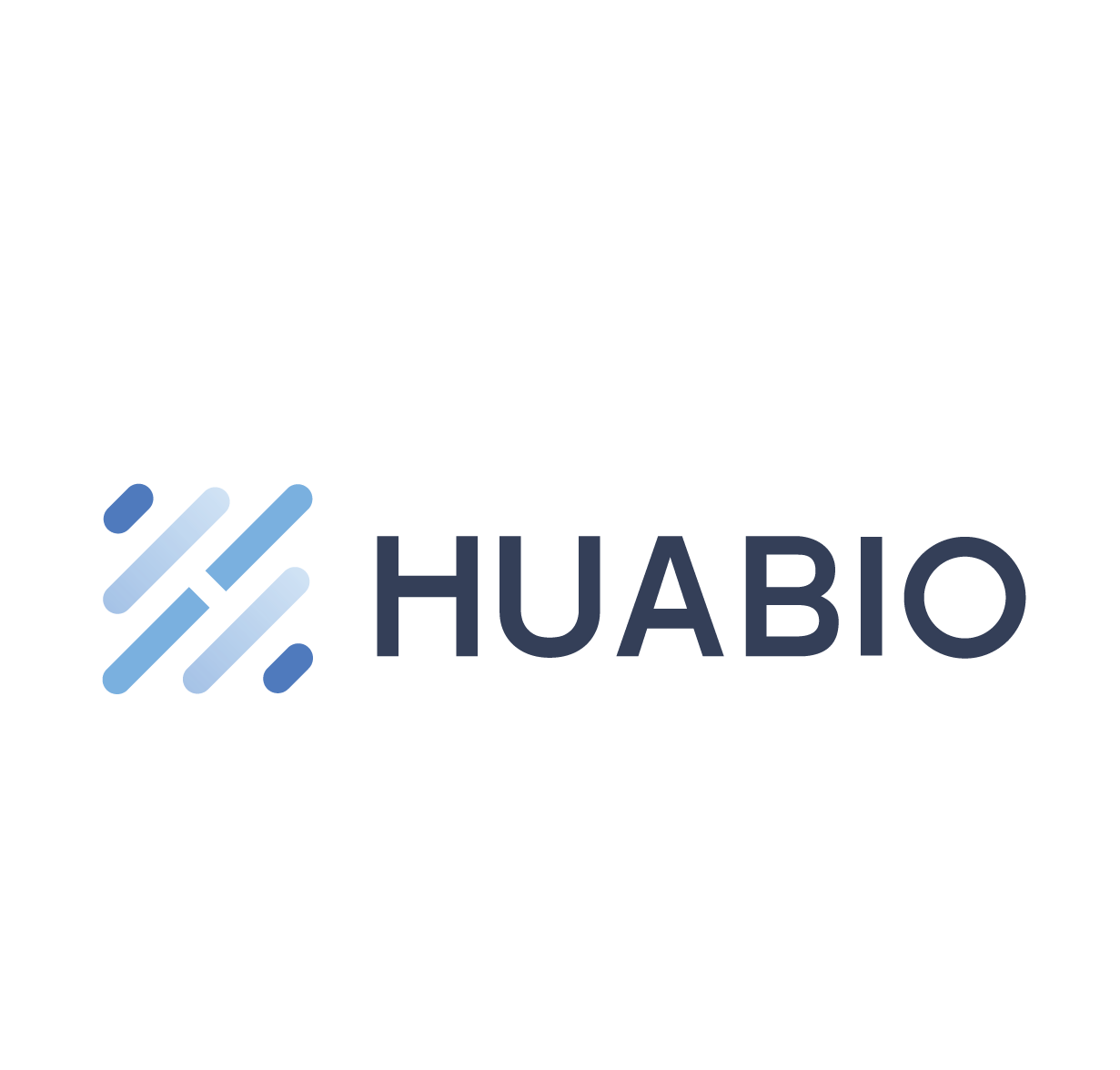Transferrin Mouse Monoclonal Antibody [C6-8]

cat.: M1510-18
| Product Type: | Mouse monoclonal IgG1, primary antibodies |
|---|---|
| Species reactivity: | Human |
| Applications: | WB, IHC-P, ELISA |
| Clonality: | Monoclonal |
| Clone number: | C6-8 |
| Form: | Liquid |
| Storage condition: | Store at +4℃ after thawing. Aliquot store at -20℃ or -80℃. Avoid repeated freeze / thaw cycles. |
| Storage buffer: | 1*PBS (pH7.4), 0.2% BSA, 40% Glycerol. Preservative: 0.05% Sodium Azide. |
| Concentration: | 2ug/ul |
| Purification: | Protein A affinity purified. |
| Molecular weight: | Predicted band size: 77 kDa |
| Isotype: | IgG1 |
| Immunogen: | Native protein. |
| Subcellular location: | Secreted. |
| Recommended Dilutions:
WB IHC-P ELISA |
1:1,000 1:200 1:1,000 |
| Uniprot #: | SwissProt: P02787 Human |
| Alternative names: | Apotransferrin Beta 1 metal binding globulin Beta-1 metal-binding globulin DKFZp781D0156 PRO1400 PRO1557 PRO2086 Serotransferrin Serotransferrin precursor Siderophilin TF TFQTL1 Transferin Transferrin TRFE_HUMAN |
Images

|
Fig1:
1. High specificity Due to their recognition of only one epitope, mAbs are best known for their high specificity. Producing highly specific monoclonal antibodies supplies researchers with the benefits of improved target identification and less background signal. 2. Batch-to-batch reproducibility Since a monoclonal antibody is made by cloning a unique while blood cell. All subsequent products developed from this antibody trace back to its original, unique parent cell. This makes for great batch-to-batch reproducibility. 3. Guaranteed long term supply Hybridoma serves as a continuous source of monoclonal antibody. |
Note: All products are “FOR RESEARCH USE ONLY AND ARE NOT INTENDED FOR DIAGNOSTIC OR THERAPEUTIC USE”.